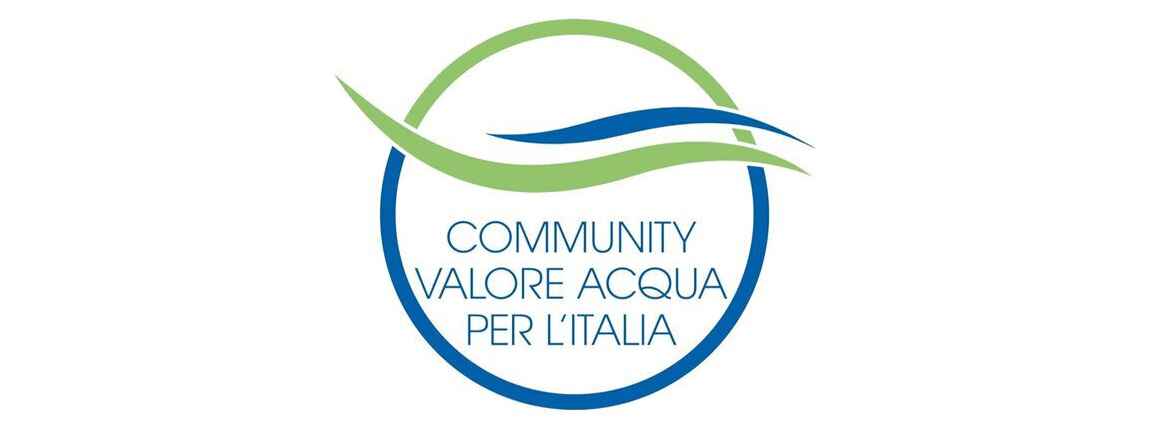Valore Acqua per l’Italia, the 4th edition concludes
On the occasion of the World Water Day, Wednesday March 22 2023 was held in Rome, at the Roman Aquarium, the final event of the fourth edition Community "Valore Acqua per l'Italia", high-level comparison platform activated in 2019 by The European House - Ambrosetti dedicated to water resource management as a driver of competitiveness and sustainable industrial development.
During the closing event were presented the fourth edition of the 2023 White Book "Valore Acqua per l’Italia" realized by the Observatory established by the Community - which includes as main partner the Intesa Sanpaolo Group and the Intesa Sanpaolo Innovation Center - and the Blue Book 2023 of Fondazione Utilitatis containing data of the Integrated Water Service.
The meeting - attended by the leaders of the partner companies, the business leaders of the extended water supply chain in Italy, the scientific partners and the Italian and European institutions of reference - was an opportunity to discuss the current situation and priorities of action for the extended water supply chain in the country.
In the fourth edition of the Community, the Intesa Sanpaolo Group has distinguished itself for its ability to address the work and for the richness of content, proposals and insights brought to the table. Moreover, Intesa Sanpaolo Innovation Center and the Circular Economy structure played a leading role which was also reflected in the structure of the final event with the panel " Circular Water: what contribution of the water supply chain to the country's circular transition".


Massimiano Tellini - Head Circular Economy, Intesa Sanpaolo Innovation Center - speaking in the panel underlined how Circular Economy represents a new mechanism for generating economic and social value that separates the exploitation of exhaustible natural resources from growth: "The transformative and regenerative paradigm of the circular economy offers a systemic approach, also based on new collaborative models aimed at mitigating operational risks and regenerating natural capital by intervening with technological solutions along the water value chain. Intesa Sanpaolo Innovation Center works concretely within the framework of the distinctive commitment that Intesa Sanpaolo has undertaken to support the circular transformation process, through the validation in a circular key of the investment projects of the client companies and stimulating open innovation opportunities through the Circular Economy Lab, born from the partnership with Cariplo Factory".
The "value" of water and the actions to make hydric resource management sustainable
The White Paper includes a comprehensive and updated analysis of the water cycle sector, which in 2021 generated 320 billion Value Added equivalent to 18% of GDP.
Italy remains one of the most hydrophous countries in the EU, both at an absolute level (9 billion m3 of water taken annually for civil use) and in relative terms (152 m3 of water taken per inhabitant), due to the low awareness about the value of the water resource, in addition to perceptual distortions and paradoxes. For instance, despite the 2022’s drought emergency, Italians consider climate change the third most important problem in the country, preceded by "health" and, above all, by "economy and employment".
However, water management can improve, with the White Book identifying actions to make it sustainable:
- Creation of enabling conditions to make investments;
- Promotion of finance’s role in order to support investments in the sector;
- Overcoming the Water Service Divides between the Italian territories;
- Adjustment of the price level for the Integrated Water Service;
- Promotion of the supply chain’s circular transition (Circular Water);
- Digitization of the extended supply chain (Smart&Digital Water);
- Efficiency collection and data management along the extended water supply chain;
- Communication and awareness-raising activities on the subject;
- Strengthening public-private cooperation mechanisms.
